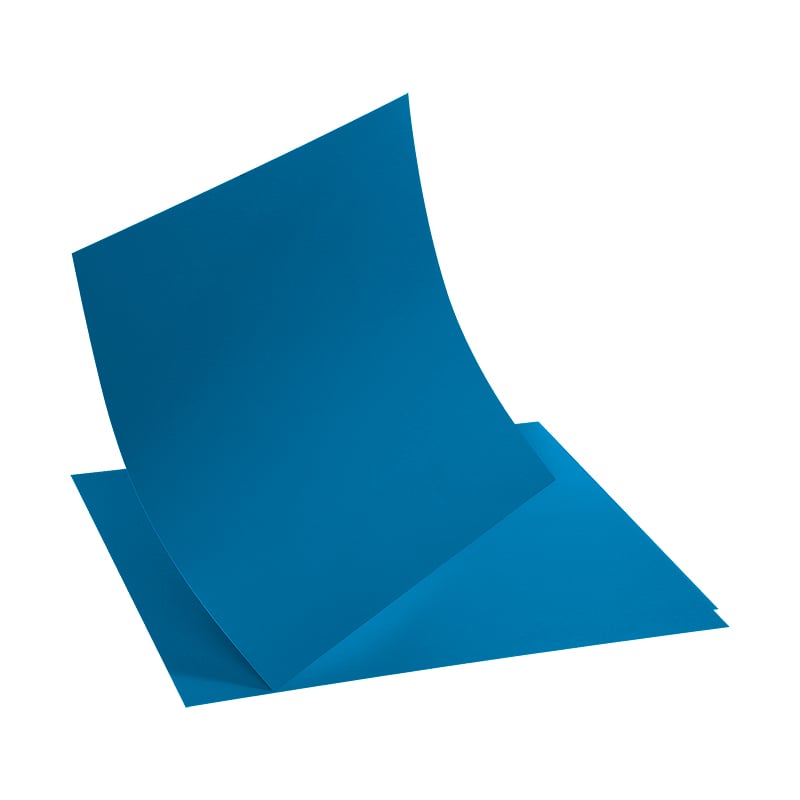CTP plate-making is a comprehensive and multidisciplinary product, which integrates new technologies such as optical technology, electronic technology, color digital image technology, computer software and hardware, precision instruments and plate technology, automation technology, and network technology. High technology. There are also some problems that are easy to appear, and the editor has compiled the following solutions for you.
Dirt on the printing plate means that there are dirty spots, lines, or streaks in the graphic and non-graphical areas on the printing plate, resulting in dirty things on the printed matter. The main factors that cause the printing plate to be dirty are as follows.
(1) There are quality problems in the CTP plate itself, such as poor production processing, insufficient water storage capacity of the grains, and fluctuations in the performance of plate batches.
(2) When the CTP plate was output, there was a problem in the developing process, which resulted in the bottom of the printing plate. Therefore, usually pay attention to check the exposure amount or the aging degree of the potion; whether the dilution ratio of the protective glue is appropriate, and whether it has deteriorated;
(3) The dampening solution used in the printing machine does not match the printing plate or the water in the water tank is not properly prepared, the acidity is high; the viscosity of the ink is low and the emulsification is serious; the ink roller has too much ink or the ink roller is aging.
Before the CTP plate is put on the machine, some printing companies will use a plate cleaning solution to clean the plate to prevent the printing from getting dirty. But be careful to ensure that the plate cleaning solution does not harm the coating of the CTP plate, otherwise, it will cause the plate to drop. When the printing plate is dirty, if it can be wiped off with a plate cleaning solution, it means that it is floating dirty, not because the printing plate is not washed clean;
Non-inking means that when printing is started, the graphic area of the printing plate is not wet with ink or the ink is uneven, as shown in the figure. The main factors that cause the printing plate not to be inked are as follows.
(1) There is a problem with the quality of the plate or potion itself; over-developed, the coating of the printing plate is seriously lost; the protective glue is too thick, and it needs to be wiped by a water roller or a plate cleaning solution for a long time.
(2) The printing machine has a lot of water; the viscosity of the ink is too high, resulting in deinking or poor ink supply; the paper is powdered and roughened; the dampening solution does not match the printing plate or the water ratio in the water tank is not suitable.
(3) The coating of the printing plate has been worn or corroded, and the ink cannot be well-inked, and a new plate needs to be replaced.
Broken plates mainly occur on rotary printing presses. Because rotary printing machines are fast producing, the size of the printing plate package in the direction of the cylinder is required to be very accurate, and the printing plate grain (graining direction) must be perpendicular to the axis of the plate cylinder. However, due to the slow production speed of the sheet-fed printing machine, there is no requirement for the direction of the printing plate grain. Other reasons that may cause the printing plate to break are: there is a problem with the plate loading, the bending plate not square, the plate size is wrong, and the lining is too short.
The quality of the reserved version has declined
For some jobs that do not have a high printing volume but need to be reprinted, in order to pursue color consistency and save costs, it is often necessary to keep the used printing plates. The quality of the reserved version is not only related to the performance of the plate itself but also has a lot to do with the method and storage conditions of the reserved version. The printing plates reserved by experienced operators can be reused 2 to 3 times. Here is a general version retention process. Printing companies can make some adjustments according to the actual situation. It is recommended to use machine operation.
(1) Clean the printing plate. The ink should be washed off as soon as possible after the printing plate is removed from the press. The chemicals used to clean the printing plate must have little damage to the coating of the printing plate, otherwise, the coating will be seriously damaged, and the plate will fall off soon when it is used again.
(2) Clean the printing plate. After cleaning the ink on the printing plate, thoroughly clean the chemicals on the plate with water to prevent residual substances from damaging the coating of the printing plate.
(3) Storage. After the first two steps are completed, apply protective glue evenly on the layout. After the protective glue dries, cover it with backing paper and place it in a dry and ventilated environment. Note that you should choose to use protective glue with long-term protection ability. Ordinary protective glue can only protect the printing plate for about 7 days.
Huida Print-All Technology company is an advanced and professional manufacturer of producing printing plates, mainly sales CTP, CTCP, and PS plates as well as offering ODM/OEMs, especially for the offset. For more information, please click the official website link here: https://www.huidaoffsetplate.com/.

